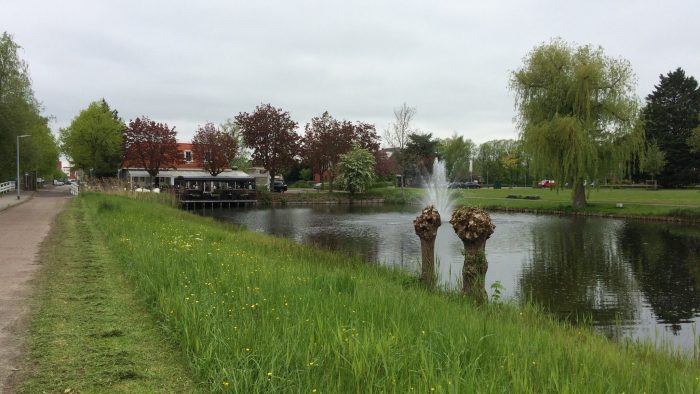Drum roll… FINALLY, we are excited to announce that we have started with our data collection in the Netherlands! After some fine-tuning of our questionnaires, we are set and ready to get out there and hear what locals, tourists and entrepreneurs in the cultural, retail and catering sector have to say about tourism in the Amstelland-Meerlanden region. (In case you haven’t heard of it before, don’t worry! You’re certainly not the only one. To our surprise, not only tourists but even residents of Amsterdam are unfamiliar with this name, despite the fact that the region is situated toward the south of Amsterdam).
Today we ventured into the first part of our research, which took us to Hoofddorp, the capital of the municipality Haarlemmermeer. What made this day of research particularly captivating was that we got to be tourists ourselves. It was my first time visiting Hoofddorp and ironically, as most tourist, I even arrived by train from Schiphol Airport. What struck me was how much I could relate to the initial feelings of skepticism and disappointment mentioned by some tourists. Exiting the station of Hoofddorp, all I could see were corporate buildings and massive traffic. No signs of a city center or any residential areas. What kind of a destination was Hoofddorp?
A fingerpost indicating centrum guided us to company terrains, which we had to cross to reach a little park with a petting zoo (the sounds of the goats couldn’t be missed) and lastly, brought us to a small street leading to the main square. Despite the fact that we were standing right in the city center, I couldn’t help but feel as if we were still on the outskirts of Hoofddorp. Considering the amounts of visitors that Hoofddorp is hosting, the city has surprisingly little attractions in the center itself. According to locals, the main attractions are the cinema, the shopping mall Vier Meren and the arts and leisure center Het Cultuurgebouw. In short, Hoofddorp is a decent city, however, it yet appears to miss unique selling points.
It was a great experience speaking to residents of Hoofddorp as all interviewees seemed highly interested in our research. Both locals and entrepreneurs considered tourism development in Hoofddorp as desirable. Especially, residents expressed the desire to make the city more gezellig (sociable, cozy) by bringing more visitors into the city. Furthermore, they would like to see more entrepreneurs starting up businesses and bringing in more cultural and leisure facilities. In this regard, residents would name their own city a “sleeping city” because there is little exciting happening in the center itself. It was interesting to hear that they felt that this was slowly changing though.
Inspiring to realize was that, contrary to what we expected, locals had a very positive attitude towards tourism and did not seem to view the municipality as the decisive actor for change but instead stressed the initiative-taking of local entrepreneurs and residents. It seems like the sleeping city is ready for the wake-up call.
Written by: Victoria






